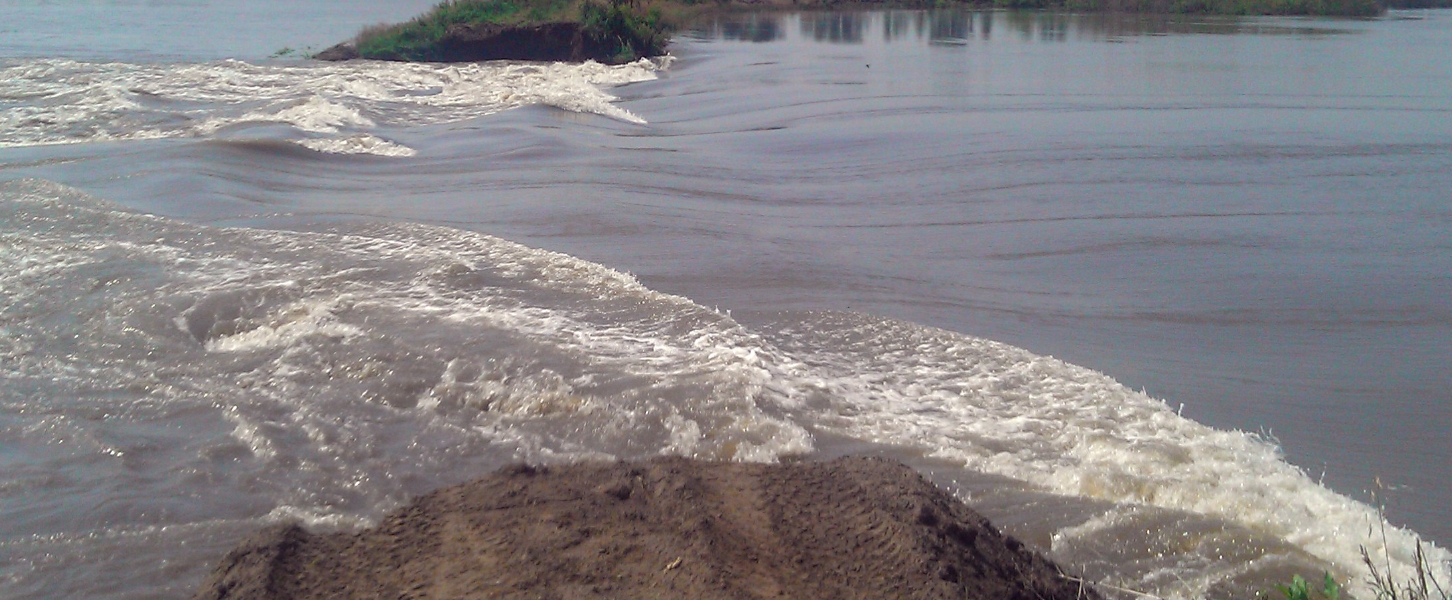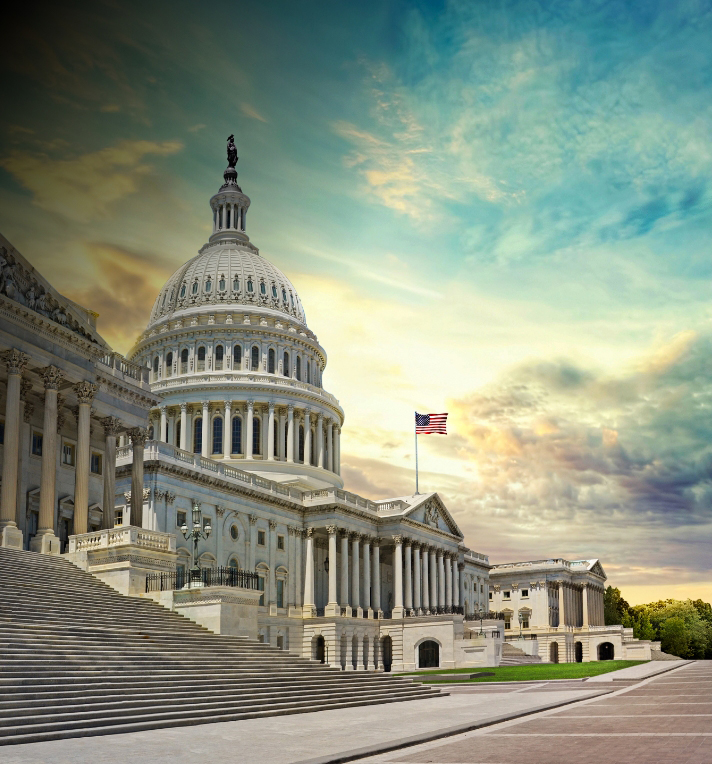2025 Utah Infrastructure Report Card
2025 Report Card GPA: C+
Utah continues to grow with the population expected to double by the year 2060. Utah’s economy is consistently ranked among the best in the nation which attracts new residents and economic opportunities. The state is internationally recognized for its outdoor recreation opportunities including skiing, five national parks, hiking, and biking. These factors contribute to population and economic growth which relies on quality infrastructure to maintain a high quality-of-life. State, Federal, and Local agencies have been investing in Utah’s infrastructure including the Salt Lake International Airport, a robust bridge improvement program, large scale transportation projects, transit improvements including new BRT and double track commuter rail, and programs to reduce per capita water usage. While these improvements are important to the state, the gap between infrastructure needs and available funding continues to grow. Most of the state’s population lives along the Wasatch Front area where a large part of the infrastructure budget is spent, but our rural communities also play a critical role in the vitality of the state. These rural communities need access to clean water, reliable transportation, flood control, and responsible waste management. Utah’s leaders and infrastructure agencies work diligently to plan for and address all of Utah’s infrastructure needs, both rural and urban, with the limited resources available to the state.
The Utah Section of the American Society of Civil Engineers (ASCE) has developed this Infrastructure Report Card to communicate the continued need for resilient, reliable, and innovative infrastructure to benefit all Utahns. Utahns are our families, friends, neighbors, and fellow citizens and we view the responsibility of being good stewards of our state’s infrastructure as a duty rather than simply an occupation. We hope that you will read the assessments of our infrastructure and consider the significant importance it plays in your daily life as well as the quality of life for all Utahns. Please consider contacting your state representatives and local leaders on issues that are important to you, your community, and the state. Your input is critical to prioritizing our state’s needs and encouraging long-term planning and investment in our infrastructure.
-
Explore Utah
- Grades
- State Fact Sheet
- IIJA Grants
Utah Infrastructure Grades
A: Exceptional, B: Good, C: Mediocre, D: Poor, F: Failing
Each category was evaluated on the basis of capacity, condition, funding, future need, operation and maintenance, public safety, resilience, and innovation
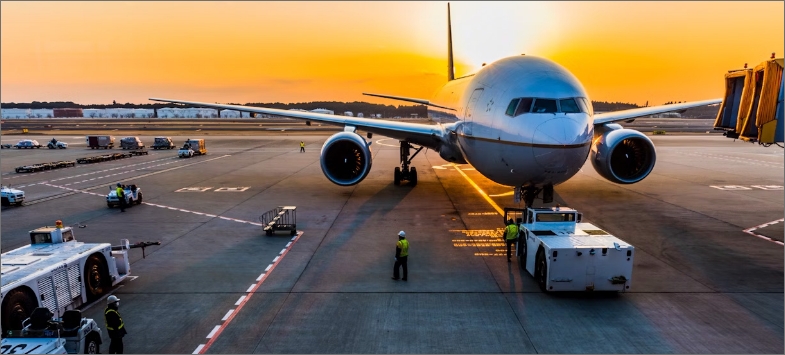

Aviation
Aviation is a critical component of Utah’s economy and a lifeline to essential goods and services for many people in remote areas of the state. However, with more than 95 percent of the state’s total enplanements and a construction budget of $3.6 billion, the new Salt Lake City International Airport (with Phase 1 completed in 2020, Phase 2 in 2023, and continued construction on Phases 3 and 4) receives the bulk of the attention, it is important to not neglect the needs of the smaller commercial airports and general aviation airports that serve the more remote areas of the state. The gap is increasing between necessary expenditures for maintaining and improving the state’s network of airports and available funding. This will soon need to be addressed to maintain safety and resilience throughout the system.
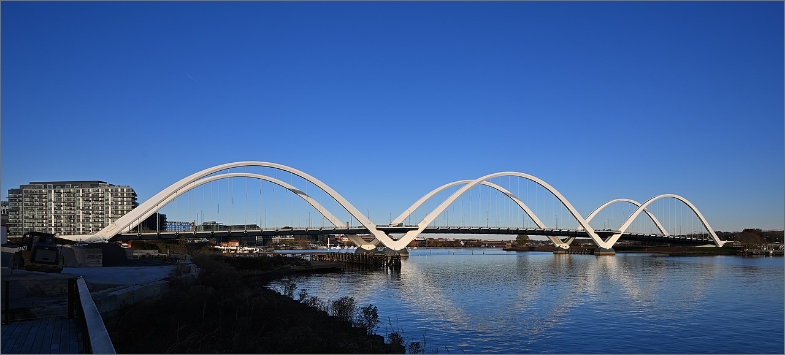

Bridges
The 3,125 bridges in Utah are a critical component to our transportation network. State and local agencies in Utah have demonstrated that funds allocated for the preservation, rehabilitation, and replacement of bridges are thoughtfully and judiciously spent. UDOT’s “Bridgefest” event in 2024 demonstrated that this judicious spending can be done. However, there is a current shortfall of funding. This shortfall contributed to a sharp 44percent increase in poor condition bridges from 2020 to 2024. During that time, Utah bridges in good condition also decreased by over 40 percent and those in fair condition increased more than 25 percent. Both demonstrate a concerning development. Funding for and the condition of Utah’s bridge inventory are both trending in a negative direction and allocating additional funds is necessary to Keep Utah Moving.
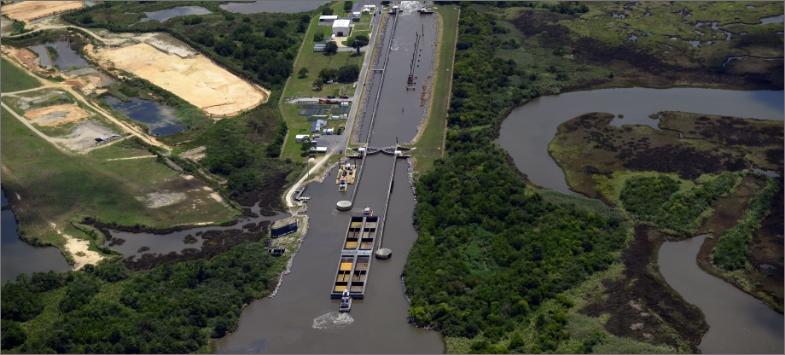

Canals
Utah’s canal systems largely consist of earth embankments and cut ditches. These canals’ primary historical purpose was private irrigation systems, but their role is increasingly shifting towards stormwater conveyance and flood management, representing a unique challenge to canal owners, municipalities, and state entities. Canals serve as lifelines for water distribution across diverse landscapes, necessitating robust oversight and preventative measures to ensure water quality and system integrity. While state leadership maintains an inventory of Utah’s canals, the condition or risk of private entities remains largely unknown, namely risks from extreme weather or events. To improve conditions comprehensive oversight of water quality, coupled with proactive measures to prevent breaches and contamination will be necessary. Furthermore, by evaluating risks, allocating appropriate funding, and integrating preventative measures into development processes, Utah can enhance the resilience and sustainability of its canal systems.
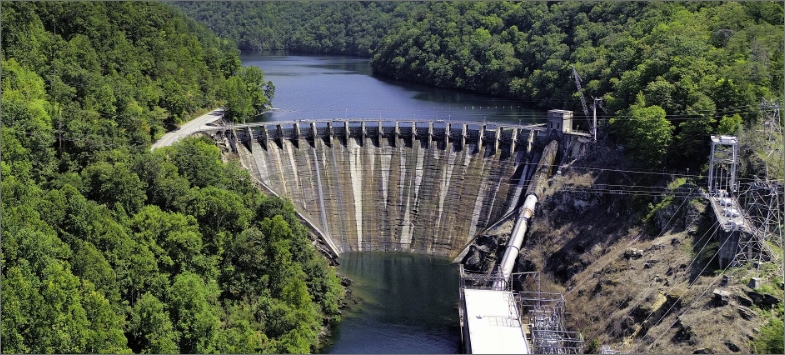

Dams
The western region of the United States continues to receive pressure to provide stable water resources amidst challenges associated with aging infrastructure, drought, and climatic changes. States will need to be innovative in their efforts to meet future water demands including maintaining, rehabilitating, and constructing dams. There are 870 dams in Utah listed in the National Inventory of Dams. The life expectancy of dams can range from 50 to 100 years. The average age of dams in Utah is 64 years. In addition to aging infrastructure, drought, and climatic changes, Utah faces unique dam safety challenges regarding seismic risks near major population centers and a continuing trend of population growth into breach inundation zones.


Drinking Water
Utah’s drinking water systems face growing challenges due to rapid population growth, aging infrastructure, and seismic risks. With the population projected to increase by 66 percent by 2060, the strain on water supply and infrastructure will intensify. Though efforts have reduced water use by 20 percent over the past two decades, much of the state’s infrastructure is over 50 years old and nearing the end of its design life. Earthquakes pose a major threat, especially along the Wasatch Fault, prompting contingency planning for quick recovery. The Utah Legislature now requires Conservancy Districts to implement System Asset Management Programs to improve resilience. The Prepare 60 plan, developed by the state’s water conservancy districts, outlines strategies for conservation and supply optimization. Additionally, both urban and agricultural users must cut consumption to support restorative flows to the declining Great Salt Lake.


Hazardous Waste
Nationally, Utah ranks 36th in hazardous waste generation and 12th in the quantity of imported hazardous waste. Operation and maintenance of hazardous waste facilities are funded by private and local government entities, while state agencies manage regulatory oversight. Brownfield redevelopment efforts continue to successfully rehabilitate sites in the state. The Division of Waste Management and Radiation Control (DWMRC) has initiated programs to help small businesses comply with hazardous waste regulations. Recent regulatory changes require managing waste from oil and gas production. Key recommendations for improving Utah’s hazardous waste management include public education on waste disposal, promoting sustainable manufacturing, developing effective oil and gas exploration and production rules, establishing a statewide electronics recycling program, creating local recycling markets, promoting reduction of toxic materials in products, expanding brownfield redevelopment funding, continuing voluntary cleanup efforts, and providing additional funding to hazardous material release emergency action.
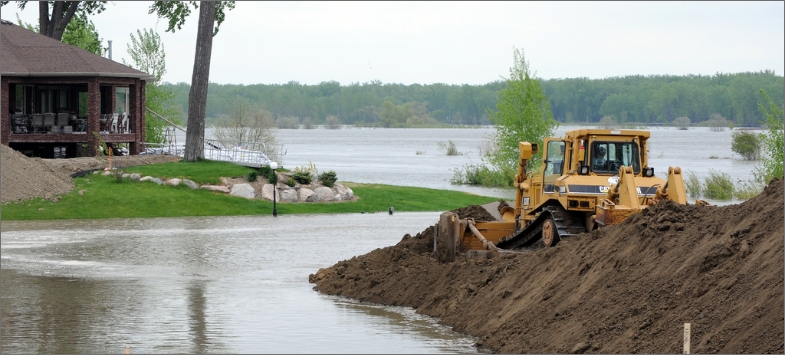

Levees
Utah has nearly 100 miles of levees that have an average age of 63 years. The state has created mitigation strategies for flood events, but current funding for improving levees is very limited. Several critical levees do not meet current Army Corps of Engineers standards and are at risk of being delisted. If these levees are delisted and FEMA mapping is updated, the Salt Lake International Airport and Provo City Airport will be reclassified to be considered in flood plains. Utah’s levee infrastructure is rapidly reaching a point of failure in sections of our highly urbanized areas. Therefore, state and local government agencies must address the funding shortfalls and improve the condition of Utah’s levees before the most densely populated areas of the state become classified as flood plains, which will dramatically alter how they are assessed and insured.
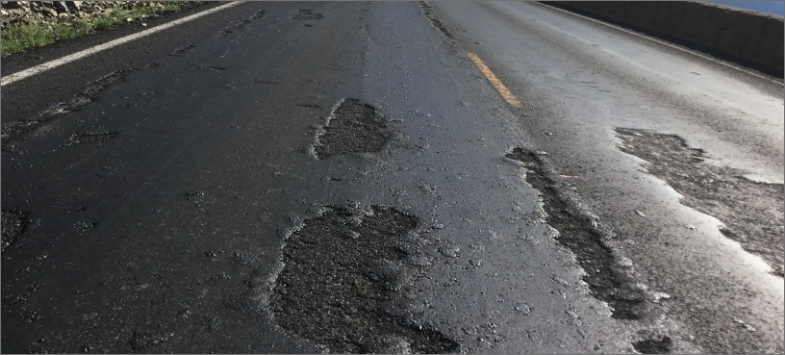

Roads
Utah is consistently adding capacity to the roadway network and promotes an “all users” mindset to provide a safer, more equitable system for everyone that uses a road. In 2024, the state budgeted a total of $3.3 billion for UDOT, which includes $1.3 billion in one-time funding. In 2023, Utah also approved the largest transportation program in state history, valued at more than $14.3 billion over six years and representing a substantial expansion in scope. UDOT uses a Transportation Asset Management Plan (TAMP) to proactively and reactively manage the state’s roadways. Utah is committed to public safety with UDOT’s Zero Fatalities program aiming to significantly reduce fatalities and serious injuries on Utah’s roadways. In 2024 Utah implemented a new program to reduce instances of road rage and promote mutual respect between drivers to improve public safety. Utah also supports innovation in the roadway system by implementing several innovative cost saving improvements.
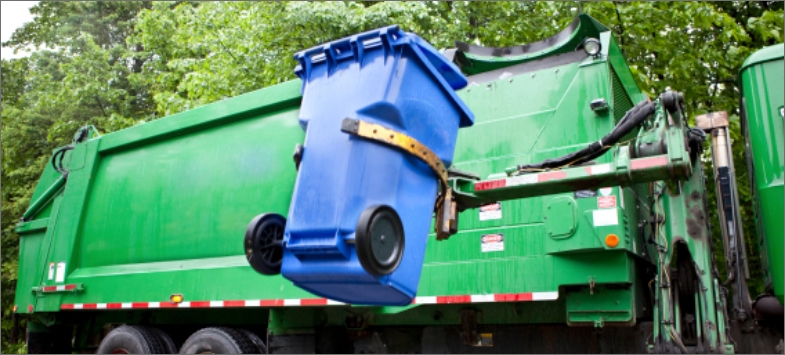

Solid Waste
Municipal Solid Waste (MSW) is increasing at a rapid pace (when considering both the per capita rate and total tonnage). With a robust network of landfills throughout the state, most with decades of capacity remaining, Utah seems to be well positioned in terms of being able to manage its solid waste. However, with a Solid Waste Master Plan that hasn’t been updated in almost 20 years, coupled with recycling rates below the national average, there is room for improvement.
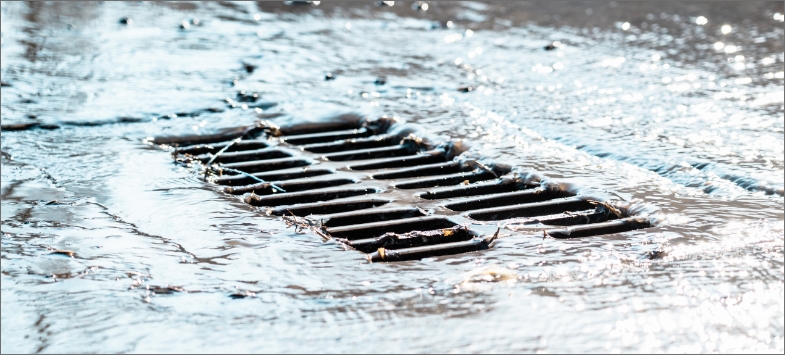

Stormwater
Despite significant efforts, the state’s infrastructure is under pressure, with recent flooding events highlighting its vulnerabilities. Utah’s stormwater management systems face increasing strain due to rapid development and more frequent high-intensity storms. Funding for stormwater infrastructure has increased but still falls short of the $6.88 billion gap identified in the 2022 Clean Watersheds Needs Survey. The state has secured federal funding for upgrades, but much more is needed to address aging infrastructure and the growing risks posed by intense storms and snowmelt runoff. Efforts are underway to enhance stormwater quality, particularly to protect critical water bodies like the Great Salt Lake. Innovations in data collection, such as the upcoming NOAA Atlas 15 for precipitation data, alongside stronger local collaborations, are helping to guide future improvements in stormwater management. However, continued investment and updated infrastructure are essential to reduce flooding risks and ensure water quality across Utah.
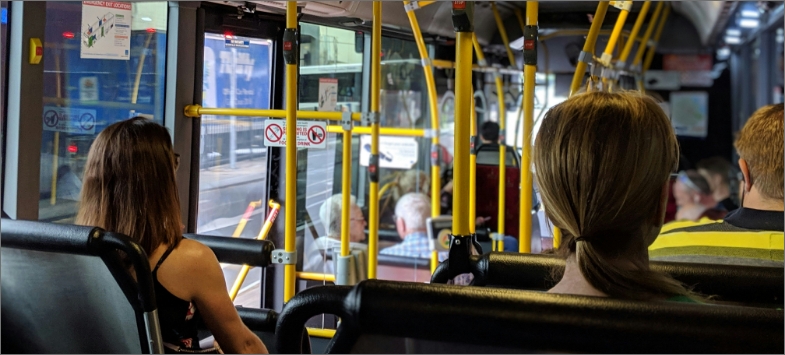

Transit
Transit in Utah is an important component of the transportation network, with 95 percent of Utah residents living within the service area of a transit provider. Ridership numbers are steadily recovering to pre-pandemic numbers, and Salt Lake City was recently ranked #10 for transit among the nation’s 50 most populous metropolitan areas. Several funding mechanisms, including sales tax, a percentage of the state Transportation Investment Fund (TIF) allotted to transit (TTIF), and Housing, Transit, and Transportation Reinvestment Zones (HRTZ’s) provide stable funding to transit providers. Utah’s integrated planning process targets transit investment in areas that will be the most impactful. Recently forged partnerships between UDOT and transit agencies are increasing speed and reliability of transit services and project delivery timelines. Utah can continue to improve public transit by giving more support to rural transit providers, updating or replacing seismically deficient facilities, and continuing to plan for future growth.
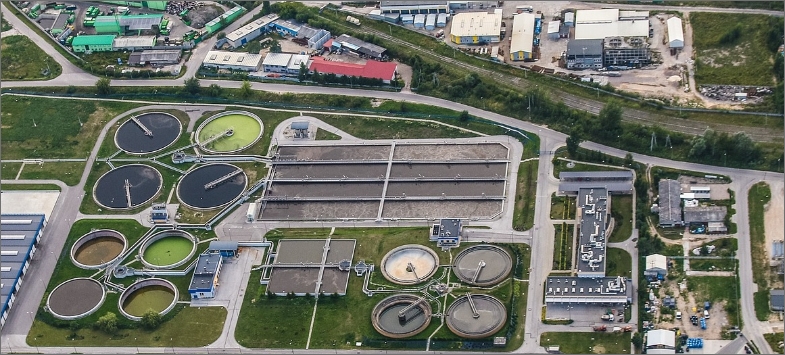

Wastewater
Wastewater infrastructure includes the entire system of pipes and pumps that collect used water and carries it to treatment facilities which use a combination of physical, chemical and biological processes to clean the water before being released into the environment. Utah has 41 mechanical treatment systems and 75 permitted municipal lagoon systems. In 2020, both types of facilities had a collective design capacity of 498 million gallons per day (MGD) with actual treatment rates of 320 MGD. Although at least 8 of the lagoon systems were receiving more than 100 percent of their design flows. Generally, municipal wastewater treatment plants in Utah are meeting required technology limits. The impacts of nutrients from wastewater on surface water systems are being mitigated by stricter permit standards and several treatment plant upgrades are under construction. However, a growing number of systems are at risk of exceeding their design life and/or design capacity. Many wastewater agencies throughout the state have simply not been able to keep up with repairs and replacements, let alone account for stricter regulations and population growth.
State Fact Sheet
Download Fact Sheet
Aviation
$50 million in 2024 airport improvement grants across 9 major airports

Drinking Water
$5.2 billion total drinking water need

Transit
39 million passenger trips across 8 systems in 2023

Bridges
3,125 bridges, 2.9% of which were structurally deficient in 2024

Hazardous Waste
25 Superfund sites

Wastewater
$6.9 billion total wastewater need

Dams
277 high hazard dams

Levees
73 miles of levees protect 78,910 residents.

Roads
37% of roads are in poor or fair condition

Connect with Your Legislators
Let everyone know how important it is that we continue to invest in the future of America’s infrastructure.
Take Action Today



